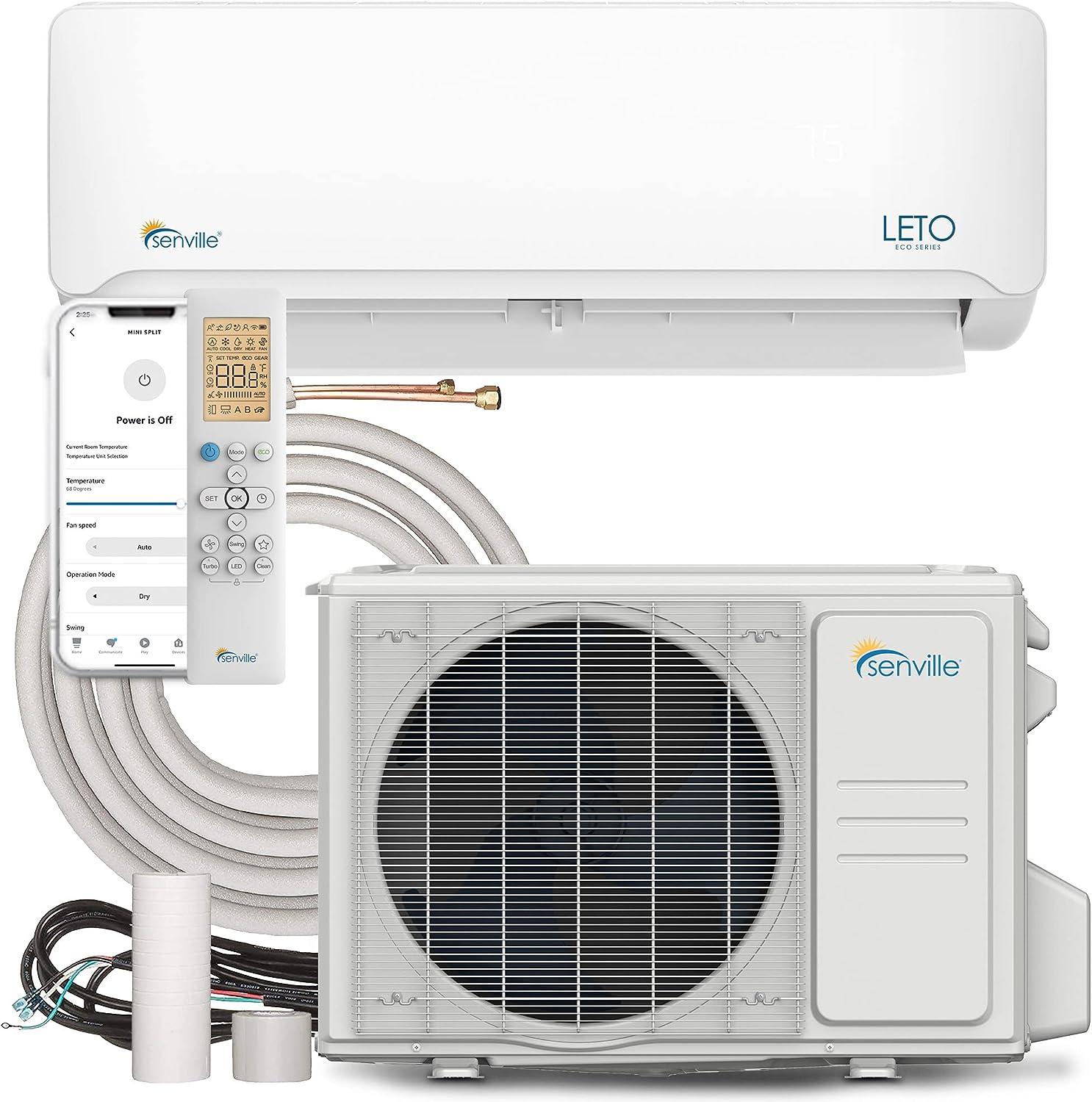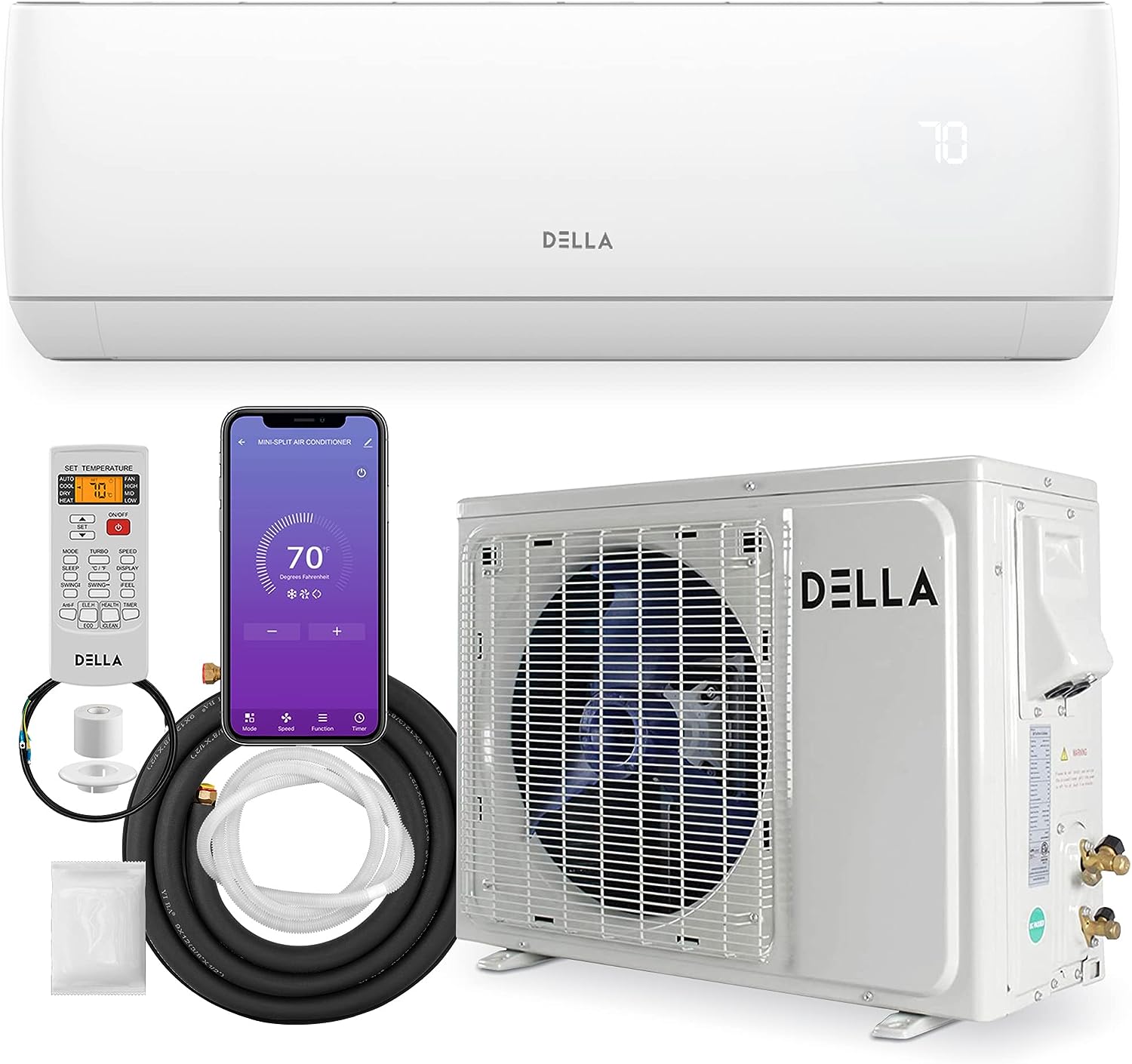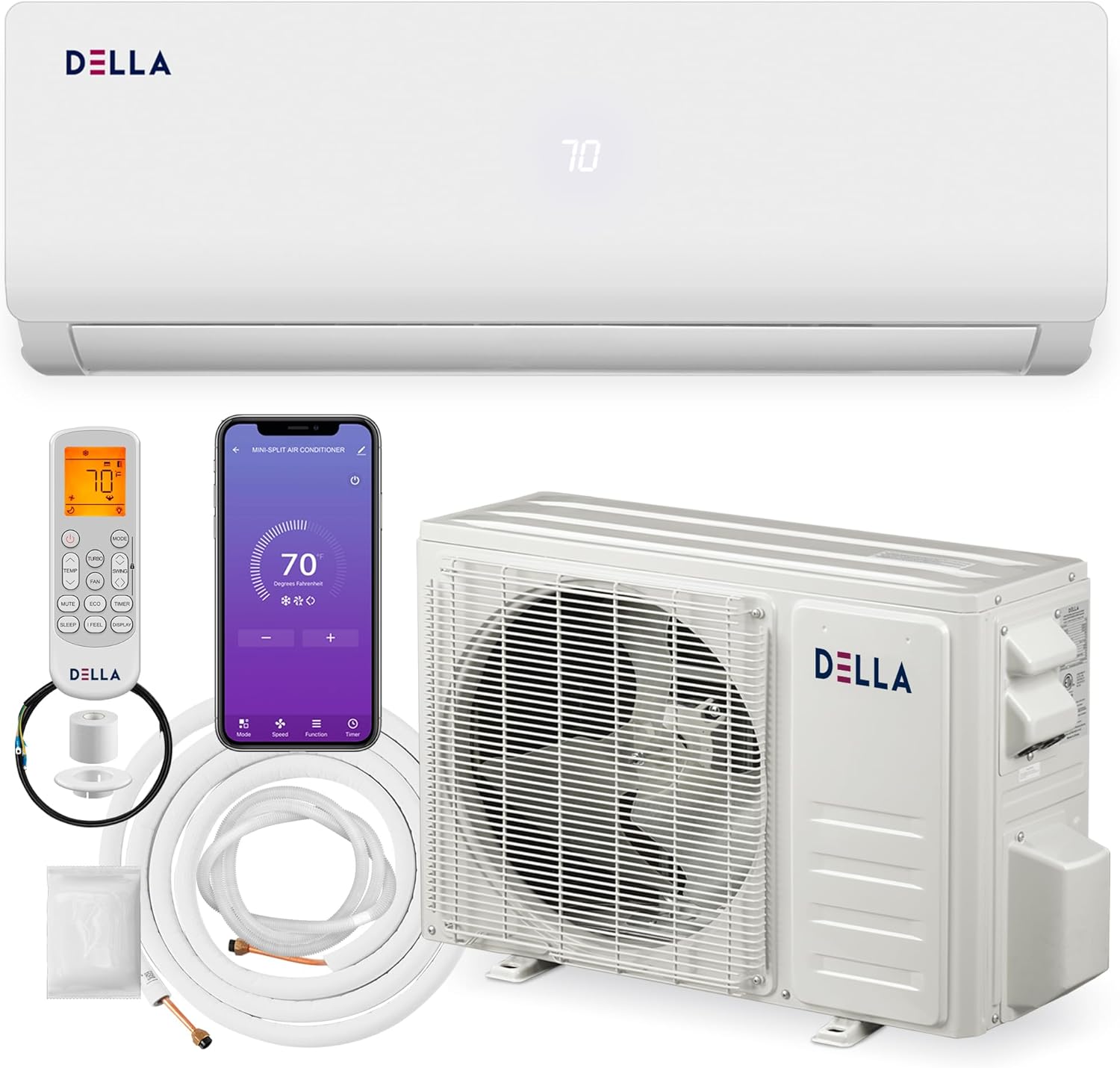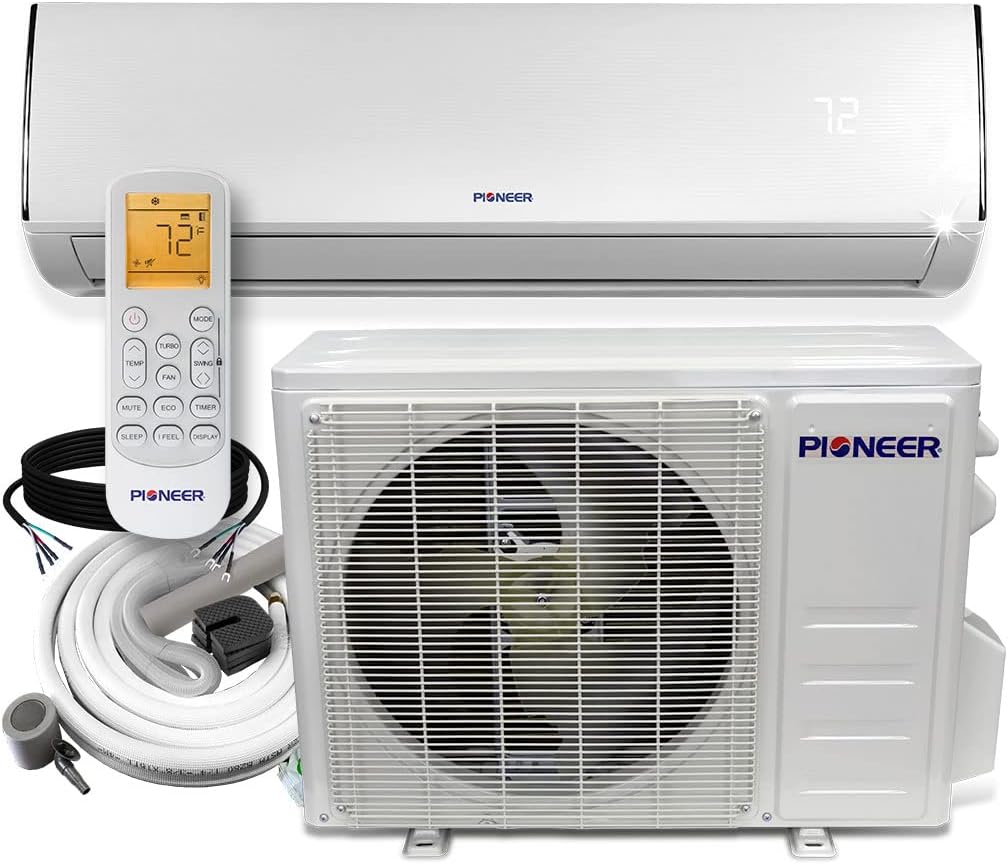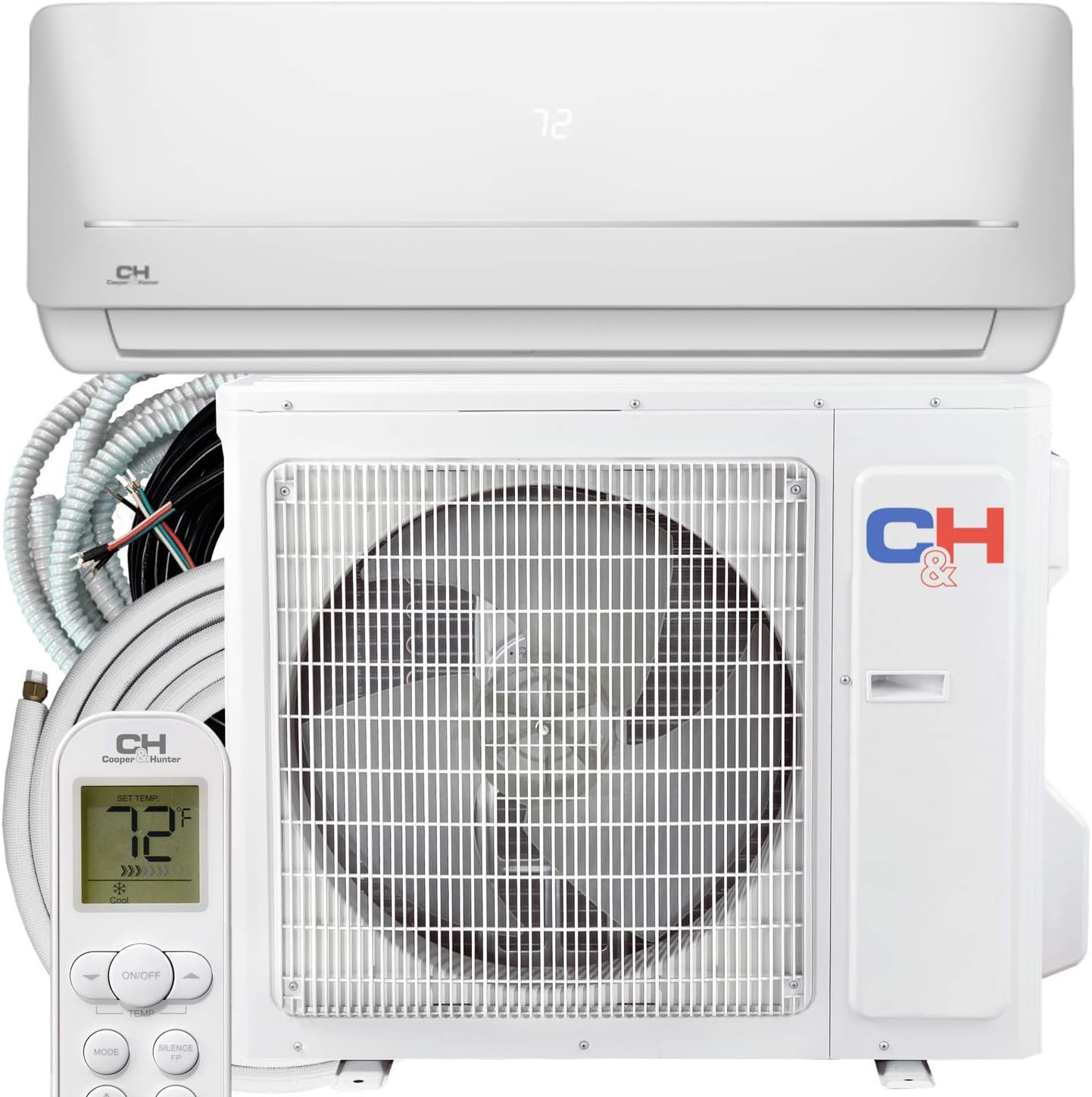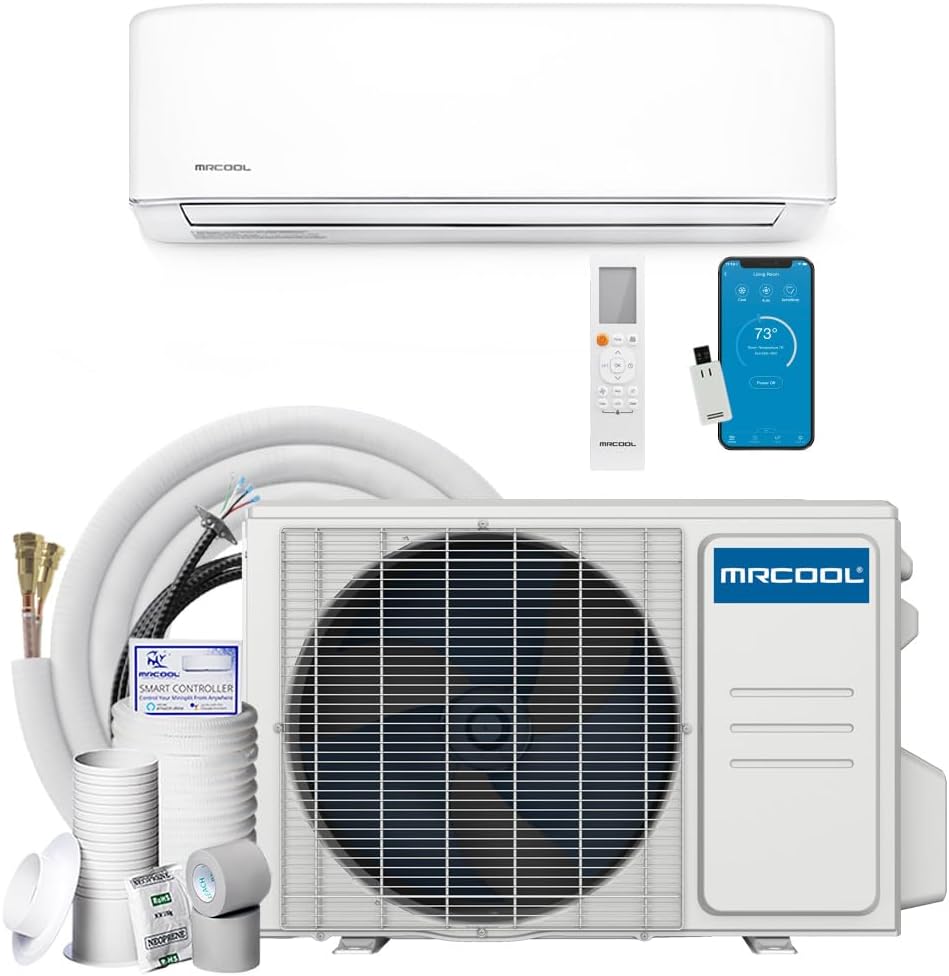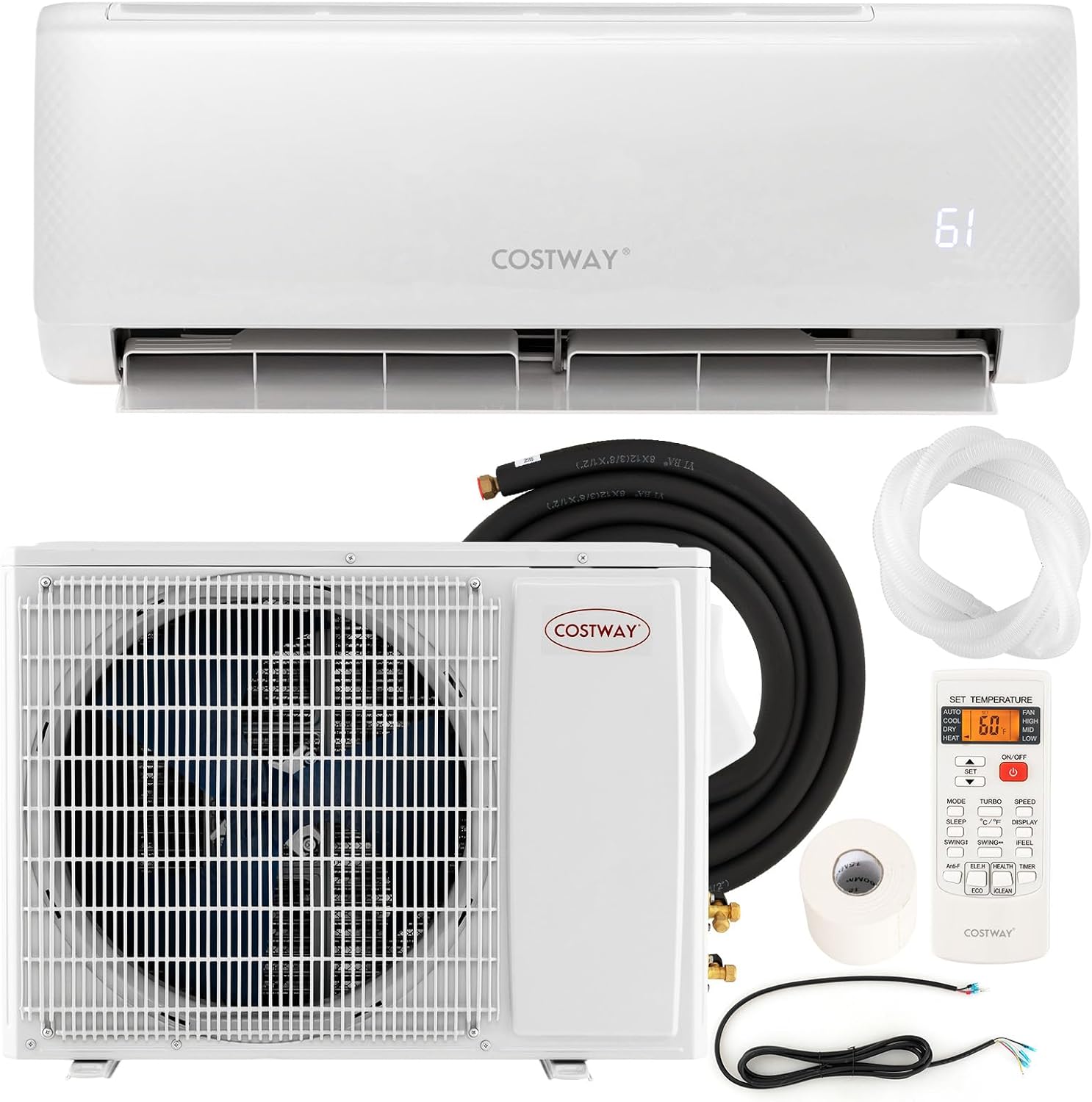Contents
- 1 The Ultimate Guide to Heat Pumps in 2023/2024: Types, Benefits, and Top Product Reviews
- 1.1 Introduction:
- 1.2 What is a Heat Pump?
- 1.3 Our Top 7 Picks
- 1.3.1 Detailed Reviews of Top Heat Pump Products (2023/2024)
- 1.3.2 Senville LETO Series Mini Split Air Conditioner Heat Pump, 18000 BTU
- 1.3.3 DELLA 12000 BTU Mini Split AC 17 SEER2 (JA Series)
- 1.3.4 DELLA 18000 BTU Wifi Enabled 19 SEER2 (Wifi Series)
- 1.3.5 PIONEER Diamante Series Ductless Mini-Split
- 1.3.6 Cooper & Hunter MIA Series, Mini Split Air Conditioner and Heater, 18,000 BTU
- 1.3.7 MrCool Easy Pro 12k BTU 18 SEER Ductless Heat Pump Split System
- 1.3.8 COSTWAY 12000 BTU Mini Split Air Conditioner – Best for Auto Cleaning
- 1.4 Buyer’s Guide
The Ultimate Guide to Heat Pumps in 2023/2024: Types, Benefits, and Top Product Reviews
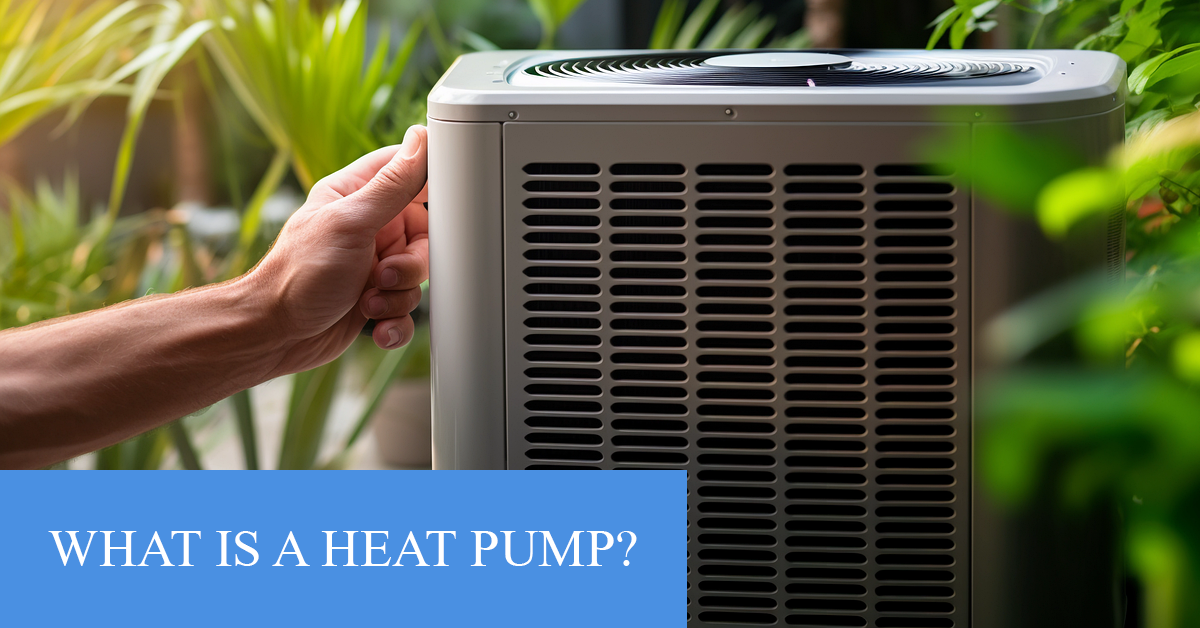
Introduction:
Are you ready to revolutionize the way you control the temperature of your home? In 2023/2024, the heat pump industry is undergoing an evolution, offering cutting-edge solutions for efficient heating and cooling. If you’ve ever wondered, “What is a heat pump?” or are considering upgrading your HVAC system, you’ve landed in the right place.
This comprehensive guide will take you on a journey through the world of heat pumps, exploring different types, how they work, critical components, and the installation process. Additionally, we’ve scoured the market to present you with the best heat pump products of 2023/2024, ensuring that you have all the information you need to make an informed choice. Let’s kick things off by uncovering the fundamentals.
Fascinating Stat:
Did you know that heat pumps can be up to 300% more energy-efficient than traditional heating systems? This impressive efficiency doesn’t just save you money but also contributes to a greener planet.
What is a Heat Pump?
A heat pump is a versatile and energy-efficient system that can both heat and cool your home. It operates by transferring heat from one place to another, rather than generating heat directly. This technology, rooted in refrigeration principles, can be used for various applications, including space heating, air conditioning, and even heating water.
Types of Heat Pumps
Several types of heat pumps cater to specific needs:
1. Air Source Heat Pumps (ASHP)
-
-
-
- Ideal for moderate climates.
- Extract heat from outdoor air for heating or cooling.
- Energy-efficient and eco-friendly.
-
-
2. Ground Source Heat Pumps (GSHP)
-
-
-
- Also known as geothermal heat pumps.
- Utilize the Earth’s stable temperature for heating or cooling.
- Highly efficient but requires underground installation.
-
-
3. Ductless Mini-Split Heat Pumps
-
-
-
- Offer zoned heating and cooling without ducts.
- Great for retrofitting or supplementing existing HVAC systems.
- Flexible installation options.
-
-
4. Hybrid Heat Pumps
-
-
-
- Combine a heat pump with a traditional furnace or boiler.
- Automatically switch between heat sources for efficiency.
- Suitable for extreme temperature areas.
-
-
How Does It Work?
At its core, a heat pump operates by moving heat from one place to another. Here’s a simplified explanation:
1. Heat Absorption:
In heating mode, the heat pump absorbs heat from outdoor air, the ground, or a water source. In cooling mode, it removes heat from indoor air.
2. Refrigeration Cycle:
The heat pump uses a refrigeration cycle to compress and expand a refrigerant, allowing it to absorb and release heat as needed.
3. Heat Distribution:
The absorbed heat is distributed indoors via a fan or blower. In cooling mode, excess heat is expelled outdoors.
Important Components of a Heat Pump System
To understand how a heat pump functions, it’s essential to know its key components:
Evaporator Coil
-
-
- Absorbs heat from the source (air, ground, or water).
-
Compressor
-
-
- Increases refrigerant gas temperature and pressure.
-
Condenser Coil
-
-
- Releases heat into the destination (indoor space or outdoors).
-
Refrigerant
-
-
- Facilitates the heat transfer process.
-
Expansion Valve
-
-
- Lowers refrigerant temperature and pressure, restarting the cycle.
-
Installation
Installing a heat pump system is a critical step best left to qualified HVAC contractors. It involves selecting the right heat pump type, determining optimal placement, ensuring proper sizing, and correctly positioning components.
Investing in a well-installed heat pump ensures your home remains comfortable and energy-efficient for years to come.
# | Product | Title | Rating | |
1 | ||||
2 | ||||
3 | ||||
4 | ||||
5 | ||||
6 | ||||
7 |
Our Top 7 Picks
Now, let’s delve into detailed reviews of these top heat pump products, helping you make an informed decision based on your specific requirements and preferences.
Detailed Reviews of Top Heat Pump Products (2023/2024)
-
Senville LETO Series Mini Split Air Conditioner Heat Pump, 18000 BTU
Ideal For: Efficiently heating and cooling spaces up to 1.5 tons.
Product Highlights:
-
-
- 18,000 BTU cooling and heating capacity.
- High SEER rating of 19.
- Compatible with Alexa for convenient control.
- Inverter technology for energy savings.
- Includes installation kit.
-
Pros
Cons
- Energy-efficient.
- Smart home integration.
- Quiet operation.
- Installation may require professional assistance.
-
DELLA 12000 BTU Mini Split AC 17 SEER2 (JA Series)
Ideal For: Efficiently cooling and heating spaces up to 550 sq.ft.
Product Highlights:
-
-
- 12,000 BTU cooling and heating capacity.
- The SEER rating of 17.
- Wifi-enabled for remote control.
- Ductless inverter system.
- Uses eco-friendly R32 refrigerant.
-
Pros
Cons
- Convenient remote control.
- Energy-efficient operation.
- Suitable for smaller spaces.
- Professional installation may be recommended.
-
DELLA 18000 BTU Wifi Enabled 19 SEER2 (Wifi Series)
Ideal For: Efficiently cooling and heating spaces up to 1,000 sq.ft.
Product Highlights:
-
-
- 18,000 BTU cooling and heating capacity.
- The SEER rating of 19.
- Wifi-enabled for remote control.
- Ductless inverter system.
- Includes a 16.4ft installation kit.
-
Pros
Cons
- Convenient remote control.
- High efficiency.
- Suitable for larger areas.
- Professional installation recommended.
-
PIONEER Diamante Series Ductless Mini-Split
Ideal For: Customizable heating and cooling with various models.
Product Highlights:
-
-
- Available in various cooling and heating capacities.
- Inverter technology for energy efficiency.
- Comes with a 16ft installation kit.
- Wall-mounted ductless design.
- Full set for easy installation.
-
Pros
Cons
- Customizable to fit your space.
- Energy-efficient.
- DIY-friendly installation.
- Multiple models to choose from may be overwhelming.
-
Cooper & Hunter MIA Series, Mini Split Air Conditioner and Heater, 18,000 BTU
Ideal For: Efficiently heating and cooling with a 19 SEER2 rating.
Product Highlights:
-
-
- 18,000 BTU cooling and heating capacity.
- High SEER2 rating of 19.
- Wall mount ductless inverter system.
- Comes with a 16ft installation kit.
-
Pros
Cons
- High efficiency.
- Wall mount design saves space.
- Suitable for various room sizes.
- Professional installation may be necessary.
-
MrCool Easy Pro 12k BTU 18 SEER Ductless Heat Pump Split System
Ideal For: Easy DIY installation with a 16ft line set.
Product Highlights:
-
-
- 12,000 BTU cooling and heating capacity.
- The SEER rating of 18.
- Ductless and inverter system.
- Designed for DIY installation.
- Includes a 16ft line set.
-
Pros
Cons
- DIY-friendly installation.
- Energy-efficient.
- Suitable for smaller spaces.
- May not be suitable for larger areas.
-
COSTWAY 12000 BTU Mini Split Air Conditioner – Best for Auto Cleaning
Ideal For: Efficiently heating and cooling rooms up to 750 sq.ft.
Product Highlights:
-
-
- 12,000 BTU cooling and heating capacity.
- High SEER2 rating of 21.
- 24-hour timer and auto-clean feature.
- Comes with a remote control.
- Suitable for rooms up to 750 sq.ft.
-
Pros
Cons
- High energy efficiency.
- Convenient remote control.
- Auto-clean feature for easy maintenance.
- May require professional installation.
Buyer’s Guide
In this guide, we’ve covered the fundamentals of heat pumps, explored various types, and reviewed seven top products for 2023/2024. Now, let’s summarize key factors to consider when purchasing a heat pump:
- Cooling and Heating Capacity: Ensure the heat pump’s capacity matches your space size.
- SEER Rating: Higher SEER ratings indicate greater energy efficiency and potential savings.
- Installation: Determine if you can install it yourself or need professional help.
- Additional Features: Look for smart features, remote controls, and timers for convenience.
- Space Requirements: Choose a heat pump that fits your space and style.
- Budget: Set a budget and find a heat pump offering the best value.
- Environmental Impact: Opt for eco-friendly refrigerants and energy-efficient models to reduce your carbon footprint.
With this comprehensive guide and top product recommendations, you’re now ready to make an informed decision about the best HVAC system when choosing a heat pump for your 2023/2024 home comfort needs. Enjoy year-round comfort while contributing to a greener world!
Conclusion
A “heat pump” is a versatile and energy-efficient system that serves as an effective heating and cooling solution for residential and commercial spaces. Among the reputable brands in the market, the “Mitsubishi Heat Pump” stands out for its cutting-edge technology and reliable performance. When contemplating the installation of a heat pump, understanding its appearance and functionality is crucial. Addressing the common query of “What does a heat pump look like,” it typically consists of an outdoor unit and an indoor unit, seamlessly integrated into the existing HVAC system. As consumers weigh the advantages of a heat pump, considerations such as “How much does the heat pump cost” and the reputation of “best heat pump brands” play a pivotal role in the decision-making process.
For those seeking an environmentally conscious and cost-effective solution, the installation of a heat pump HVAC system proves to be a prudent choice. The process of “heat pump installation” involves strategic placement of both the indoor and outdoor components to ensure optimal performance. This integration into the existing HVAC infrastructure enhances energy efficiency and provides year-round comfort. As users explore the functionality of a heat pump, it is essential to grasp the nuances of “how to use a heat pump” effectively, capitalizing on its dual heating and cooling capabilities. In conclusion, the heat pump HVAC system emerges as a reliable and innovative technology.

